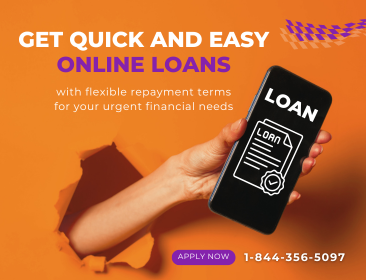Living paycheck to paycheck? Feeling overwhelmed by debt? A no-spend month might be the financial reset you need. It's a self-imposed challenge where you avoid discretionary spending for a set period, typically 30 days. But before you dive in, let's look at the concept, its potential benefits, and considerations to determine if it's the right strategy for you.
What is a No-Spend Month?
During a no-spend month, you focus on essential expenses only. This includes things like rent or mortgage payments, utilities, groceries, transportation costs, and minimum debt payments. Everything else - dining out, entertainment, new clothes, even subscriptions – goes on hold.
Why Consider a No-Spend Month?
There are several reasons why a no-spend month can be a valuable financial tool:
A no-spend month allows you to allocate any extra money towards debt repayment. This can significantly reduce your debt balance and free up more income in the long run.
By eliminating unnecessary spending, you can save a substantial amount of money in a short period. This can be a great way to jumpstart your emergency fund or save for a specific goal.
A no-spend month can help you break unhealthy spending habits and become more mindful of your purchases. It forces you to evaluate your needs versus wants and prioritize your spending.
- Improve Financial Awareness
Tracking your spending during a no-spend month can be an eye-opener. You might be surprised at how much you spend on non-essential items. This awareness can help you create a more sustainable budget in the long run.
Planning for a Successful No-Spend Month
Here are some key steps to ensure a successful no-spend month:
Clearly identify what constitutes essential spending for you. Be honest with yourself, but don't be overly restrictive.
- Communicate with Dependents
If you have a family, discuss the no-spend month with them and explain the purpose. Get everyone on board to ensure cooperation.
Create a meal plan for the month to avoid impulse grocery purchases. Utilize what you already have and focus on budget-friendly recipes.
Opt for free or low-cost entertainment options like visiting libraries, parks, or museums. Look for online resources and events in your community.
Have a small buffer of cash set aside for unexpected needs that might arise during the month.
Potential Challenges and Considerations
While a no-spend month can be beneficial, it's not without its challenges:
Sticking to a no-spend month can be difficult, especially with social outings or unexpected events. Develop coping mechanisms to resist temptation, like carrying minimal cash or having an accountability partner.
Emergencies can arise. Factor in a small buffer for unforeseen needs to avoid derailing your no-spend challenge.
A no-spend month might not be the solution if you're struggling with overwhelming debt. Consider exploring debt consolidation options or speaking to a credit counsellor for a more comprehensive strategy. In Canada, you may want to research resources offered by reputable institutions or seek loan options such as:
These can help consolidate high-interest debt into a single loan with a lower interest rate. Carefully compare rates and terms offered by lenders to secure the most favourable deal.
Installment loans offer fixed monthly payments for a set term, allowing for predictable budgeting. Providers like Lamina
can be a resource, but remember to prioritize responsible borrowing and ensure you can comfortably afford the repayments.
Is a No-Spend Month Right for You?
A no-spend month can be a valuable tool for anyone looking to gain control of their finances, reduce debt, or boost savings. However, it's not a one-size-fits-all solution. Consider your financial situation, goals, and personality before embarking on this challenge.
What Happens After the No-Spend Month?
The real test comes after the no-spend month ends. It's crucial to avoid reverting to old spending habits. Here are some steps to take:
Analyze your spending during the no-spend month. Identify areas where you were able to cut back and determine if those changes are sustainable long-term.
Use the insights gained from the no-spend month to create a
realistic budget that aligns with your financial goals.
Focus on allocating your money towards your most important priorities, such as debt repayment, savings, or investments.
Don't completely deprive yourself of enjoyable experiences. Incorporate some room for entertainment and leisure activities into your budget, but within reasonable limits.
Continue tracking your spending even after the no-spend month to ensure you're staying on track with your budget.
Addressing Urgent Financial Needs
While a no-spend month encourages mindful spending and saving, it might not be the immediate solution for urgent financial needs. If you're facing a financial emergency, such as unexpected medical bills or car repairs, exploring short-term financial solutions might be necessary. It's important to be cautious and responsible when considering these options.
While these loans can provide quick access to funds, they often come with higher interest rates. Read the terms and conditions before committing to
same-day loans in Canada. Use them sparingly and only for genuine emergencies. Consider them a last resort after exploring other options.
The Bigger Picture: Financial Health
A no-spend month is just one component of overall financial health. It's important to consider other aspects, such as:
- Building an Emergency Fund
Having an emergency fund can help you avoid relying on debt during unexpected events.
Start investing early to build long-term wealth.
- Improving Your Credit Score
A good credit score can help you access better interest rates on loans and credit cards.
A Stepping Stone to Financial Wellness







